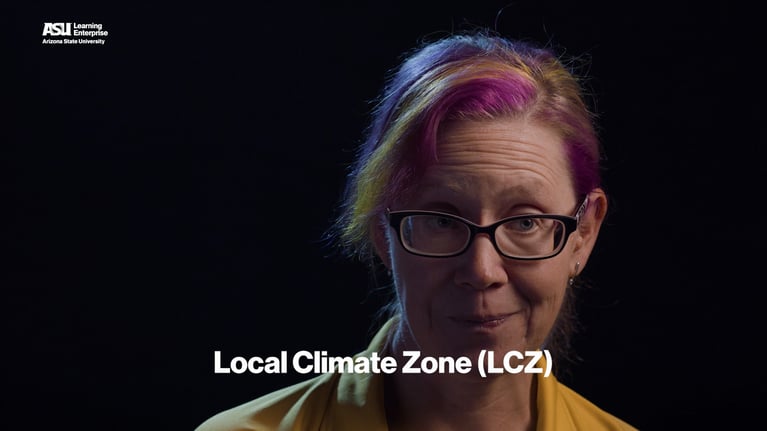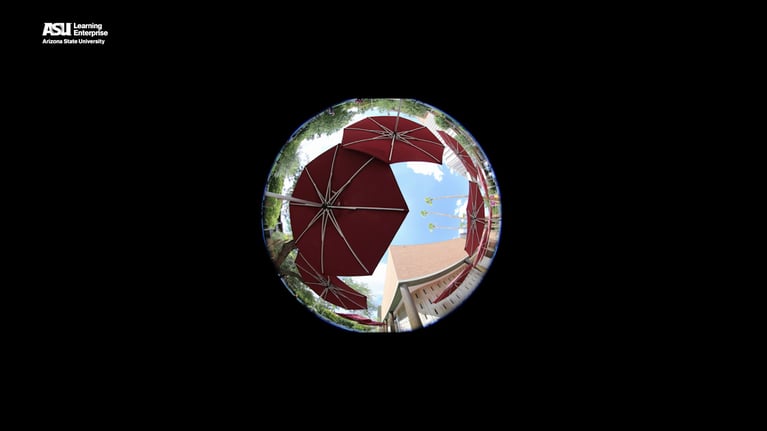Urban heat islands are the result of materials like concrete and asphalt releasing heat into the atmosphere. It's important to consider and understand how the design of a city directly impacts our climate. With that, there are several types of urban heat islands: surface, urban canopy layer and urban boundary layer UHI. Using various design methods allows us to help control the urban heat island effect and live more comfortably.
It is not a secret that Phoenix, Arizona (where I live) is also very hot.
While its geographic location – mainly in the Sonoran Desert – plays a major role in shaping the regional climate, temperatures are also influenced locally by the actual city itself. Urban Climate science has for decades investigated how cities interact with their overlying atmosphere.
Urbanization and how we develop and design cities inadvertently alters the local climate system. The man-made materials we use to build urban infrastructure – such as asphalt roads, parking lots, and buildings -- cause temperatures in the city to rise and to stay higher at night compared to the rural surroundings.
Engineered materials such as concrete and asphalt are heat sponges. They store heat during the day when the direct sunlight hits the surface, and the stored heat is then slowly released back into the atmosphere at night, contributing to the Urban Heat Island or UHI. The Urban Heat Island effect was first recognized by the English meteorologist Luke Howard, who noted in the 19th century that the temperatures within the City of London were different from those in the surrounding countryside. Since then, urban heat islands have been observed in cities all around the world!
Researchers distinguish between different types of urban heat islands: surface, urban canopy layer, and urban boundary layer UHI. The surface urban heat island refers to the temperature difference between urban and rural surfaces. It is usually observed using remotely sensed land surface temperature. The boundary layer UHI refers to the urban and rural temperature differences between the air that is in the region of the lower troposphere where Earth’s surface influences temperature, moisture, and wind through the turbulent transfer of air mass.
Most relevant for people in cities is the so-called “urban canopy UHI.” It refers to the atmospheric air layer between the ground and the average building roof height – essentially, the area where people live.
The urban canopy UHI is strongest under clear, calm weather conditions and is primarily a night-time phenomenon. Here in Phoenix where I live, average nighttime air temperatures have increased more than 10 degrees Fahrenheit since 1980. This temperature change increases building energy use for nighttime air-conditioning in the summer, which produces anthropogenic waste heat and leads to higher greenhouse gas emissions. The UHI, coupled with summer heat waves, is also linked to increased morbidity and mortality. In fact, heat is the number one weather-related killer in the US – it is responsible for more deaths than any other weather-related phenomena.
But there is some good news: while urban development contributes to urban heat, it can also help mitigate heat and cool our communities with the right design choices. We can use traditional methods as well as advanced design principles to significantly alter urban temperatures and so make all our lives more comfortable and more efficient.


